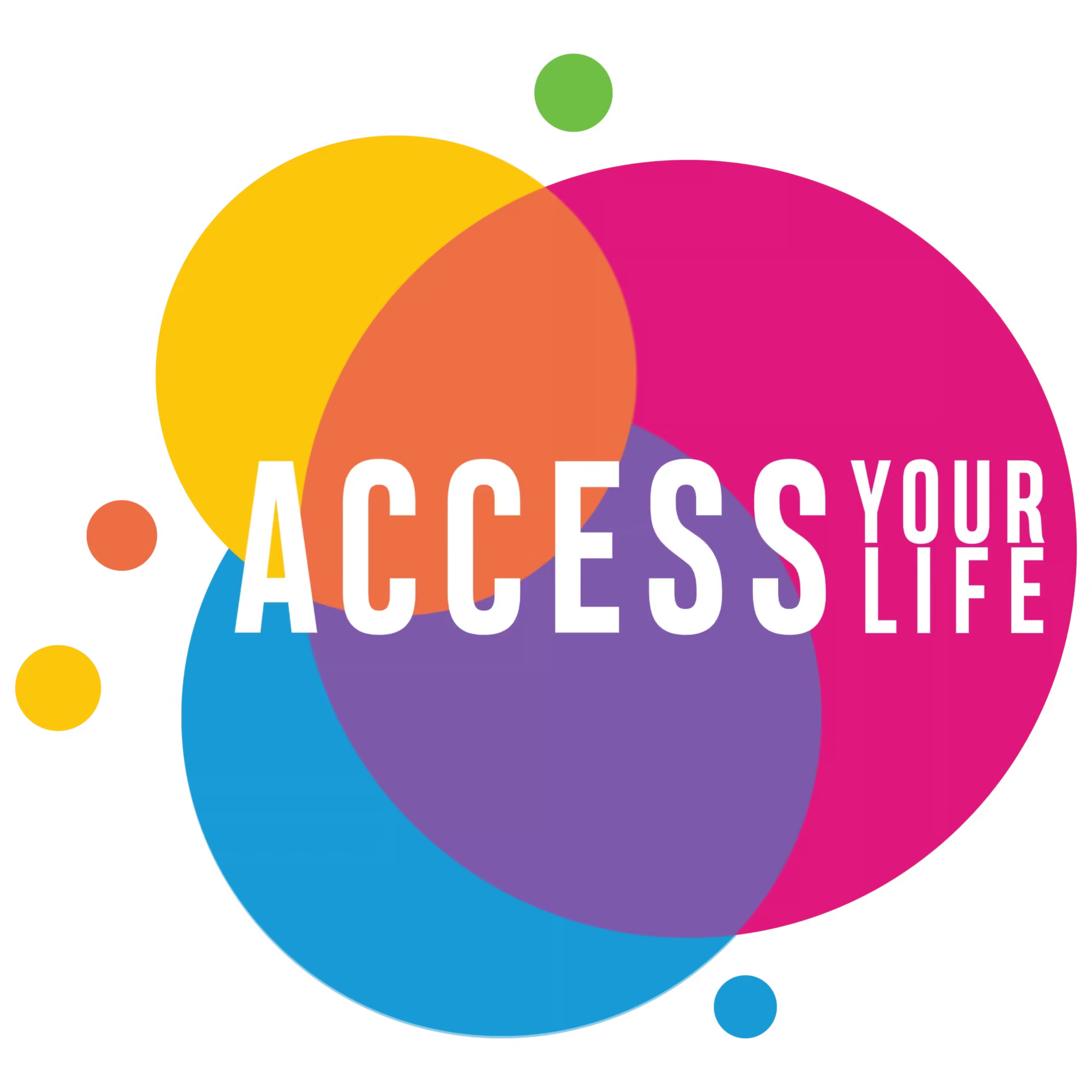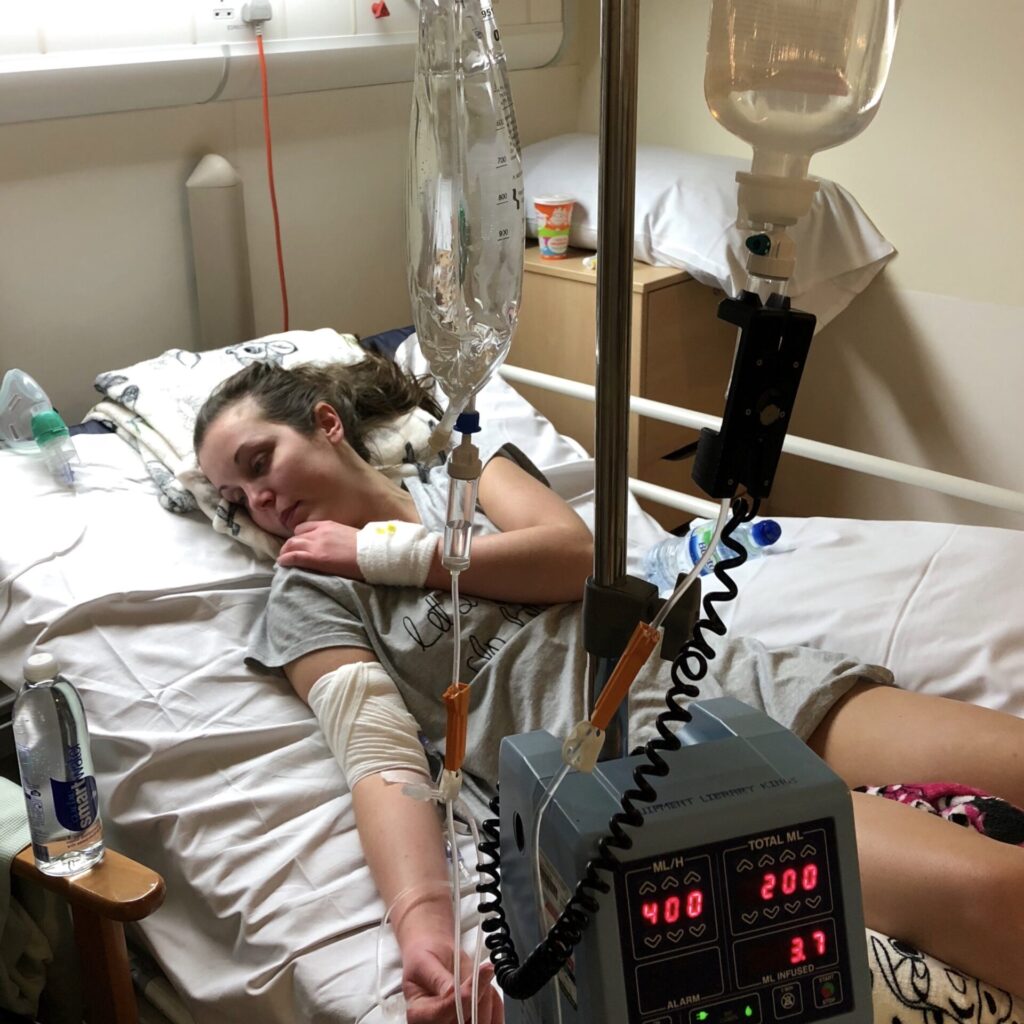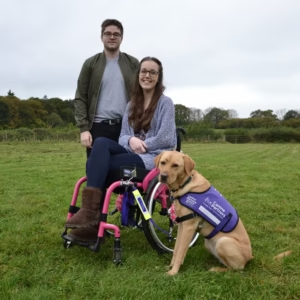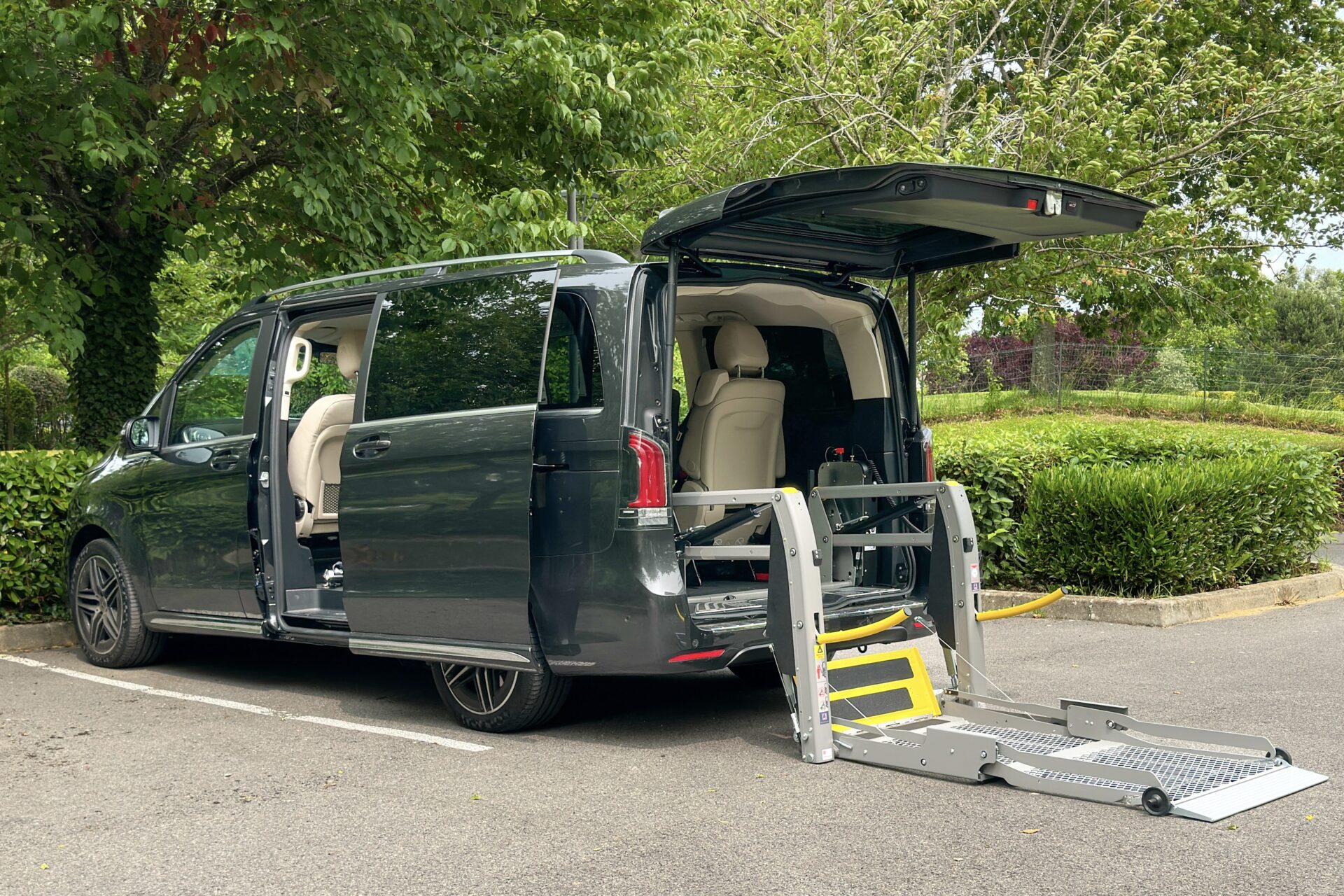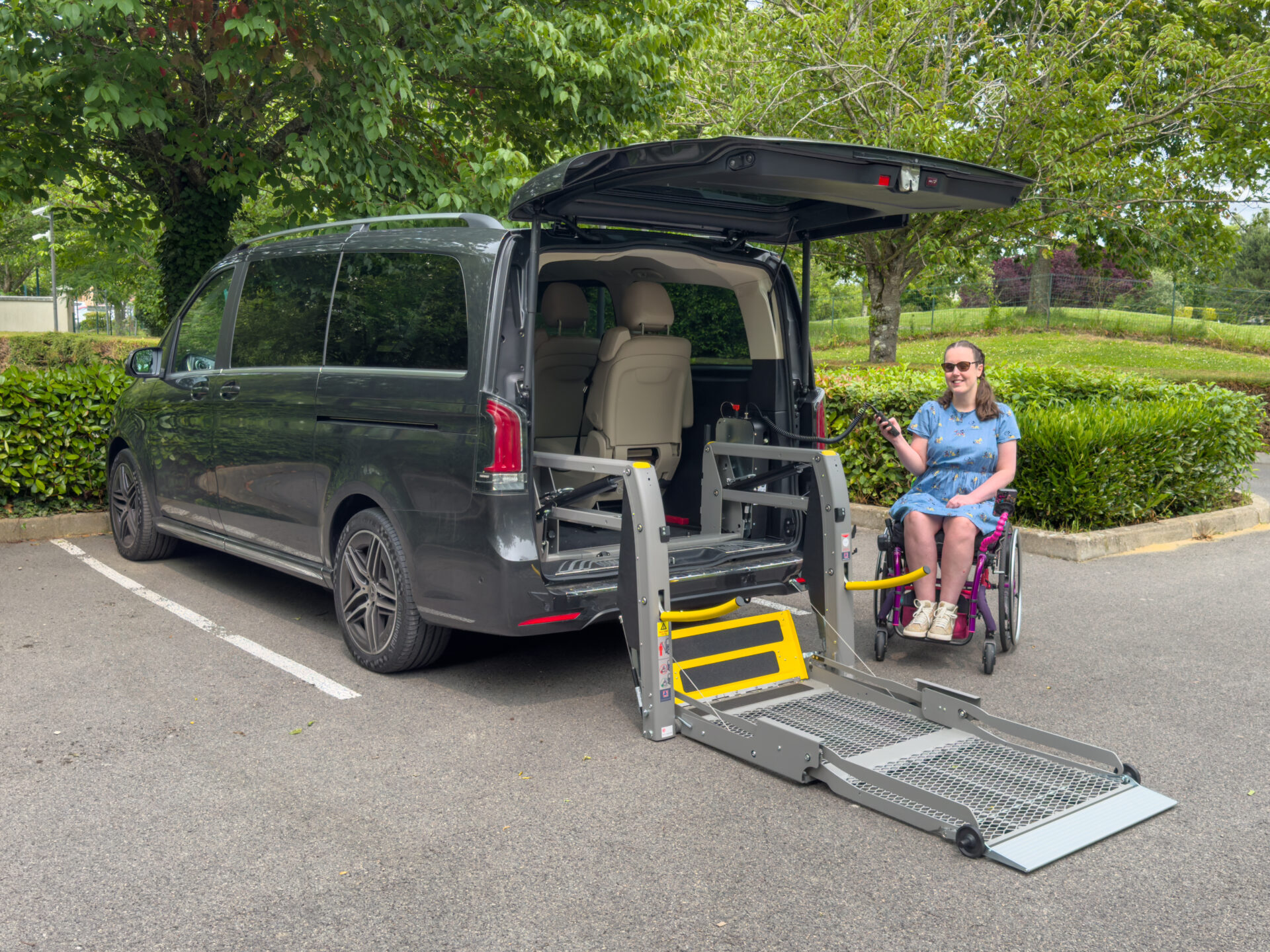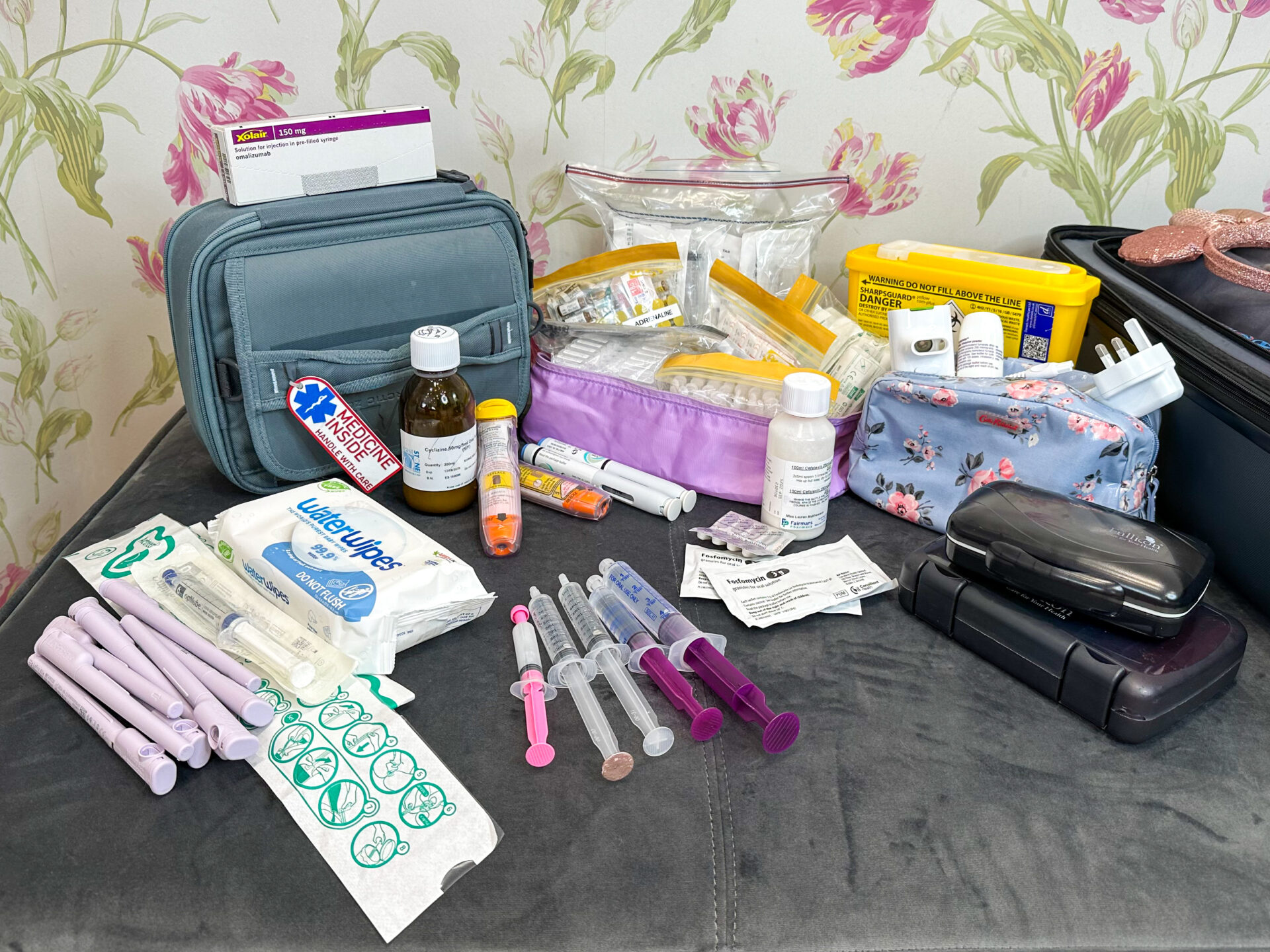Did you know that October is Dysautonomia Awareness Month? It’s a month dedicated to highlighting the ways the Autonomic Nervous System can malfunction, including Dysautonomia.
Trigger Warning – This post aims to raise awareness by showcasing some of the debilitating symptoms caused by Dysautonomia using raw images. While these photos may not be the most flattering, my mum’s hospital snaps finally came in handy! However, if you are uncomfortable seeing images of hospital emergency rooms, intense medical treatments, and patients experiencing suffering, I recommend checking out some of our other blog posts instead.
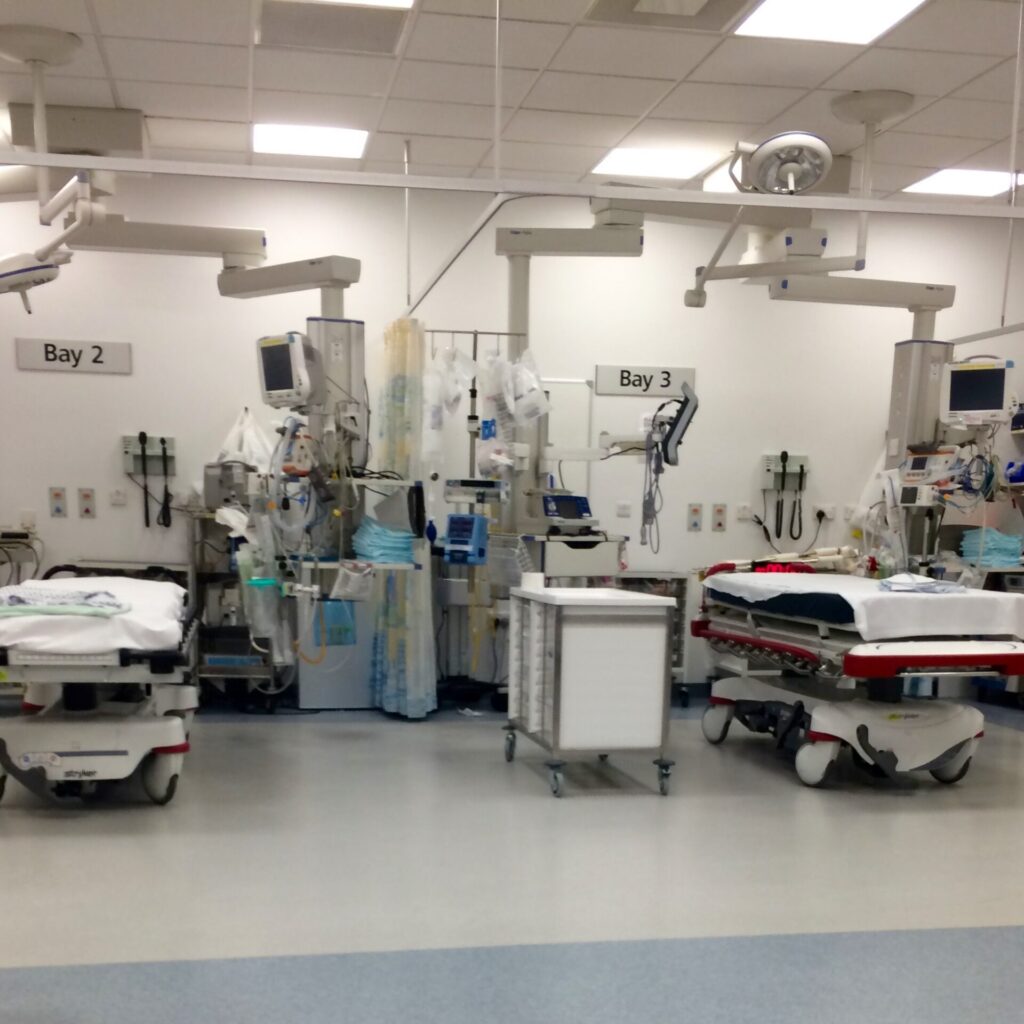
What Is The Autonomic Nervous System?
It controls bodily functions that you don’t have to think about consciously, such as heart rate and blood pressure regulation, digestion, sweating, stress response, and bladder control.
What Is Orthostatic Hypotension?
This is a form of low blood pressure that occurs upon standing. Gravity causes blood to pool in your legs and abdomen, leading to a decrease in blood pressure due to a lack of blood circulating back to your heart. Typically, special cells sense this change and immediately signal the brain to ensure your heart beats faster and pumps more blood – pretty impressive stuff! However, some individuals don’t have this natural ability and experience lightheadedness, dizziness, weakness, nausea, confusion, and are prone to fainting.
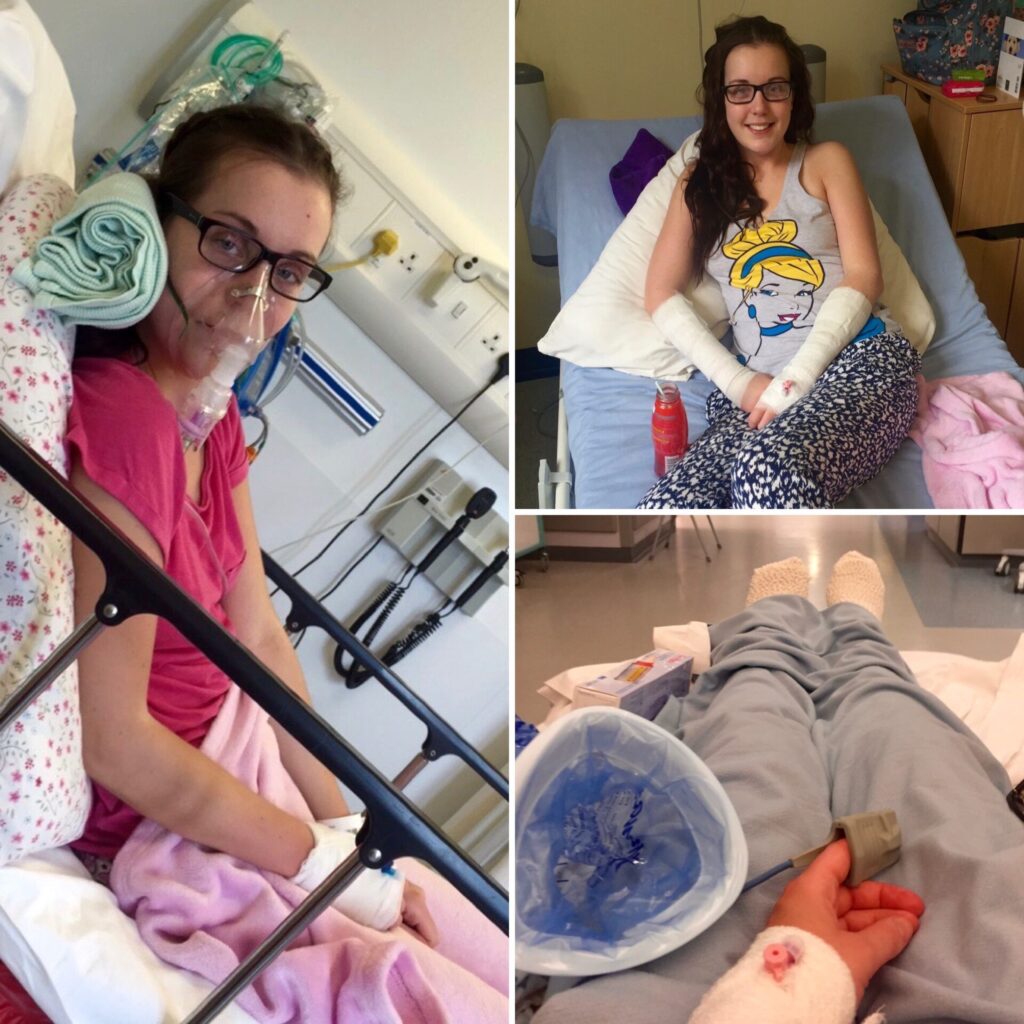
What Is Postural Orthostatic Tachycardia Syndrome (PoTS)?
This is another condition that causes a drop in blood supply to the heart and brain upon standing, leading your heart to race as it tries to compensate for the reduced blood supply. Both PoTS and Orthostatic Hypotension share similar symptoms; however, PoTS can also cause additional symptoms, including heart palpitations, uncontrollable shaking, sweating, fatigue, chest pain, and shortness of breath.
What Is Vasovagal Syncope?
This occurs when you faint as your body reacts to a trigger, causing a sudden drop in heart rate and blood pressure, which in turn reduces blood flow to the brain. These symptoms can collectively lead to a brief loss of consciousness. Common triggers include standing for long periods, suddenly changing position, heat exposure, and extreme pain.
Associated Conditions:
Autonomic Dysfunction is often associated with other medical conditions. However, the lack of awareness surrounding these comorbidities makes it harder for patients to access suitable treatments and effectively manage symptoms, some of which can be severely disabling.
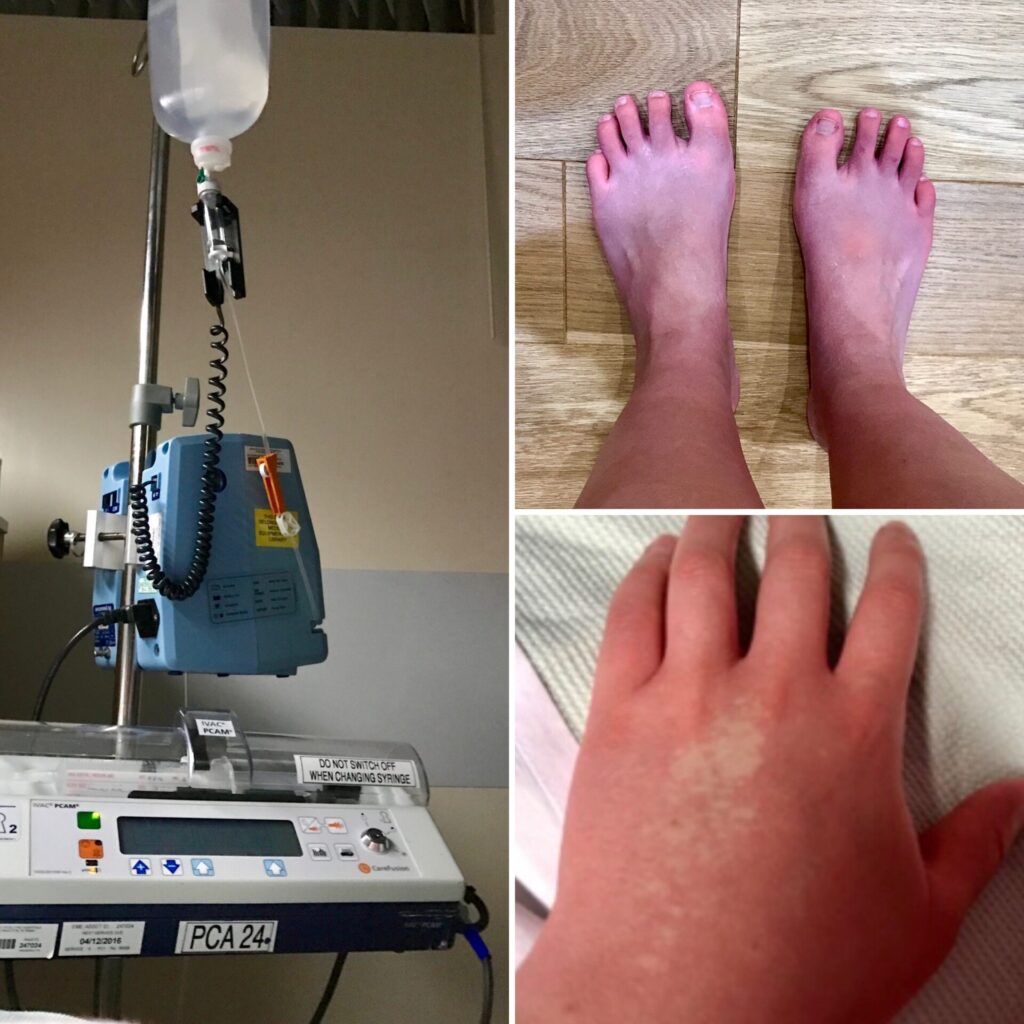
Because of this, like many people, I spent years trying to convince medical professionals that my health issues were real – a process that significantly impacted my mental health. Thankfully, I am now under the care of several incredible teams located in Newcastle and London. But for those of you unable to access continuity of care, I suggest checking out the directory of specialists created by PoTS UK. You can also explore their list of management techniques, the GP handbook, and the patient-centred information booklet, although it’s important to seek professional advice before making any changes to your management or treatment plan!
Useful links:
Dysautonomia International
PoTS UK

Access Your Life
Access Your Life is a user-led platform dedicated to empowering disabled people and their families by providing honest reviews, practical resources, and community-driven support around mobility aids, adaptive products, and accessible living.
